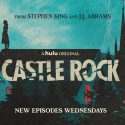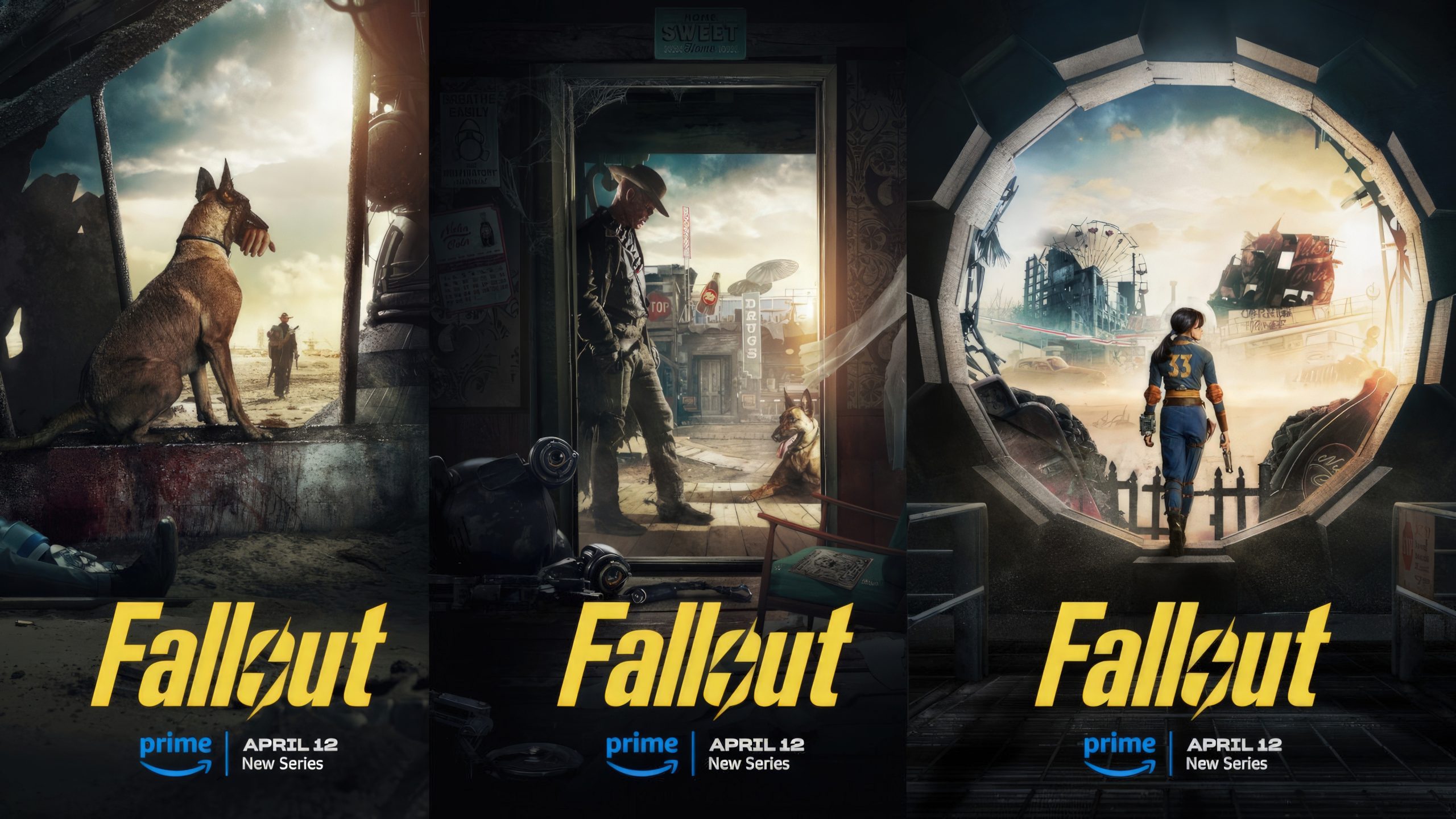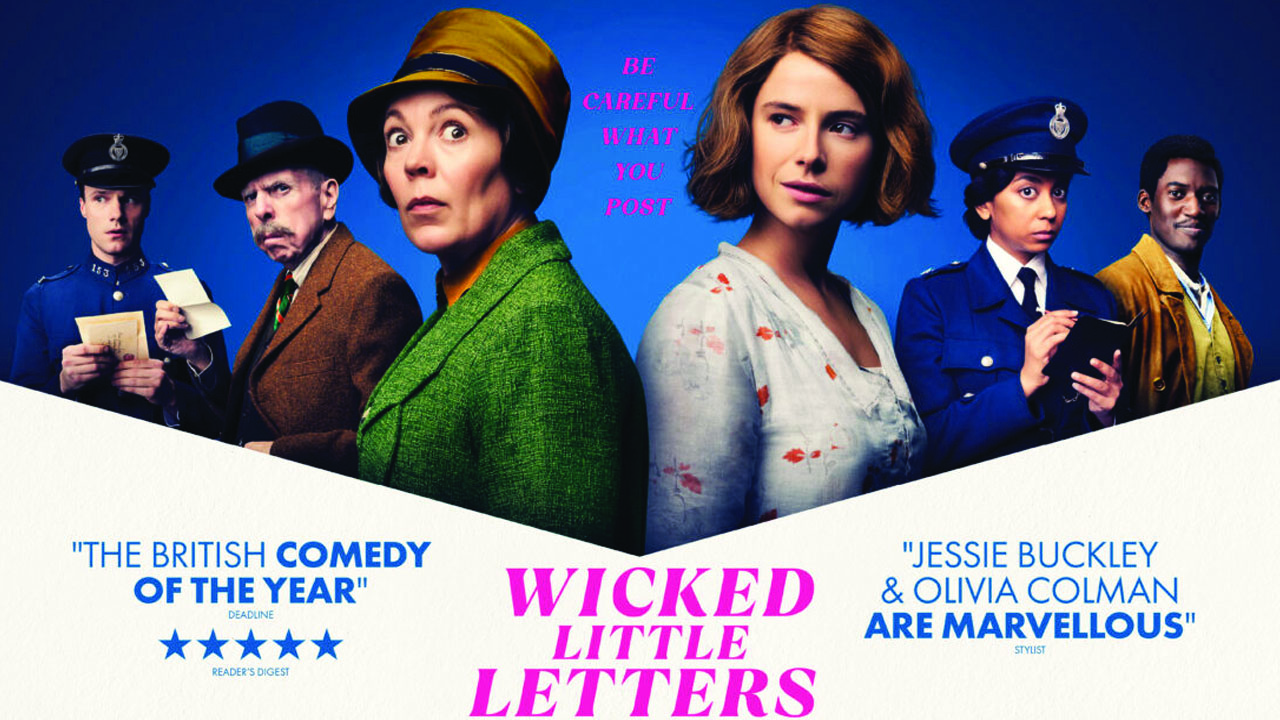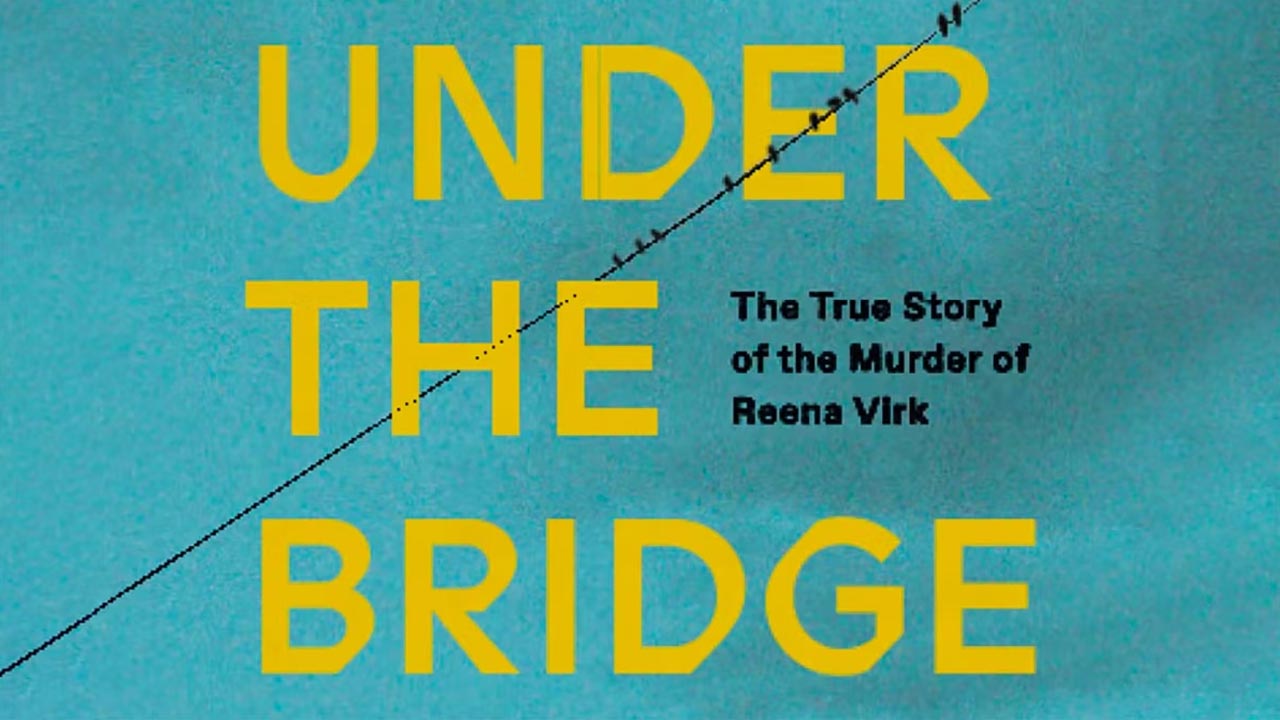Some of my favorite stories are stories about stories. The stories in which the importance of stories is weaved into the narrative. It’s a difficult task that can too often turn into an anthology of unrelated tales. Six episodes into Castle Rock, however, it has become apparent that the town’s tale is all about its denizen’s stories, and how they come together to make a whole. More specifically, this is a show about lost stories. “You know how it feels to forget your own story,” Henry Deaver (André Holland) is told, and it’s true. He has no memory of his life before being found on a frozen lake at the age of 11. But he’s not the only character with gaps that need filled in.

The speaker of those words is Henry’s mother Ruth (Sissy Spacek), herself suffering memory loss due to the ravages of Alzheimer’s. But I suspect the lapses in her own history may have a deeper origin. The overriding mystery is the identity of the strange man (Bill Skarsgård) kept caged in the depths of Shawshank. If he knows who he is, he’s not telling. He claims he’s not the Devil, but he also seems to know he belongs in a cage. And he hasn’t aged a day in 27 years. That wildfire that broke out at the same time he was released from prison isn’t a good sign either. Warden Lacy (Terry O’Quinn) could probably explain a lot of this, but his past was lost along with his life in the suicide that kicked off the whole series. Jackie Torrance (Jane Levy) – niece of a more famous Jack Torrance – openly mourns for a past she can never have as she longs for the excitement of the days when a rabid dog or a serial killer terrorized the town. Prisoners being released from Shawshank are even encouraged to forget their pasts and make up entirely new identities. In contrast, Molly Strand (Melanie Lynskey) can’t help but psychically pick up everybody’s stories. Her oxycontin addiction is less recreation, and due more to the need to control the constant influx of voices and emotions she receives from everybody in town. My hope is all of these lost tales will join in a confluence of story with a pay-off worthy of the set-up. For the record, I’m also wondering why Alan Pangborn (Scott Glenn) hasn’t remembered that he met the Devil 27 years ago when Leland Gaunt moved into town and opened a little shop called Needful Things.
The story is tight and so well told that I fully expect any loose ends to be tied. I don’t know how much influence Executive Producer Stephen King had over it, but I’m grateful that he hasn’t written any of the episodes. The man can spin a yarn as well as anyone, but writing screenplays is not one of his strong suits. The best one is Creepshow, a movie designed specifically for his comic book-level dialogue. Castle Rock sure feels like one of his stories, though. From Molly’s uncontrollable, supernatural abilities to the introduction of a powerful sonic energy called the Schisma, the audience is squarely in Stephen King country. However, the show is smart enough to ably reference religion – a common theme in King’s works – without turning its religious characters into clichés, as King so often does. No Crazy Christian Lady here. Pastor Deaver was probably not a nice man before he was pushed over that cliff, but we have yet to receive any details. Another standard King trope I’m happy to see missing is the Magic Black Character. Henry is a black man, but he’s just a man who wants to do his job and get the hell out of “lily-white” Maine. I’m afraid of what those missing 11 years are going to reveal, though, so don’t be surprised if he has some sort of power. I have to admit, it would be a very King thing to do.

Stylistically, the series has lived up to the promise of the first episode. What should be an idyllic Maine town is consistently seen through a sheen of creepiness, as though it were filmed with a supernatural sepia tone. Camera angles emphasize the wrongness of the town. At times a pan will give the illusion of a character floating into the scene. This is a series that is almost as enjoyable to look at as it is to watch.
The best sequence so far occurs at the end of Episode 4, The Box. Zalewski (Noel Fisher) was an early favorite character. Apparently the only clean guard at Shawshank, he just wants to do right by the prisoner who was caged like an animal and move on. He even expresses wanting to go into law, no doubt so he can help other lost souls. You just knew he wasn’t going to last long. Zalewski is a sad man, constantly told to smile by a co-worker. He obliges, but his grin never looks sincere. It looks like the smile of a mad man right before he takes his gun and massacres all of the dirty, violent guards in the prison. We watch the event over the security monitors as Roy Orbison’s Crying plays. Then we realize this is the exact same massacre Zalewski had a vision of in the first episode. By the time he was taken out, I had goosebumps. Fisher does a fantastic job with Zalewski’s downward spiral.

The thing I enjoy most about Castle Rock, though, is the anticipation of each new episode and the weekly event it has turned into. A couple of friends are as hooked on it as I am. The post-show discussion is always fun. The last time I got so involved in a series was when half a dozen of us would gather every Tuesday night and never miss an episode of Buffy the Vampire Slayer, still my all-time favorite program. And just like Buffy, each week of Castle Rock brings a whole new set of theories as to the season’s outcome. To me, that’s exciting television.
Castle Rock is streaming on Hulu. New episodes premiere every Wednesday.





